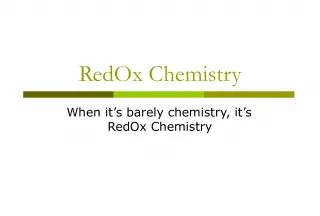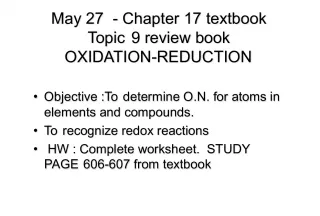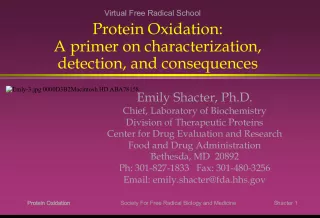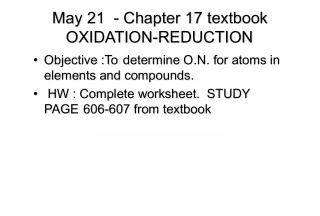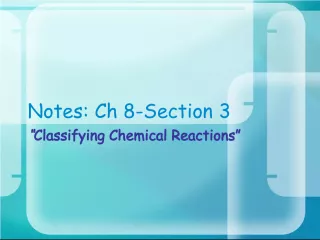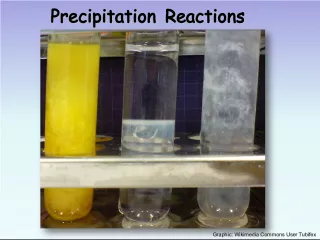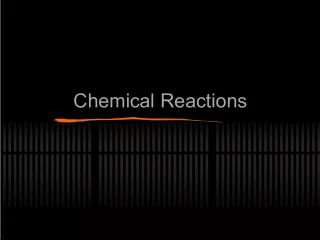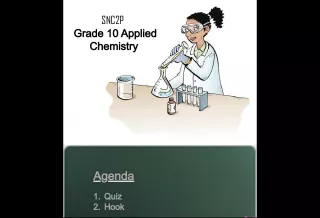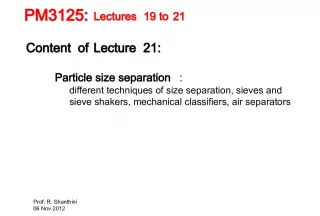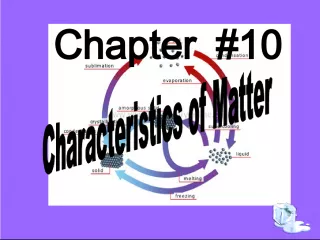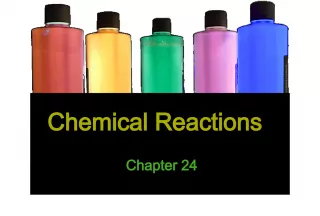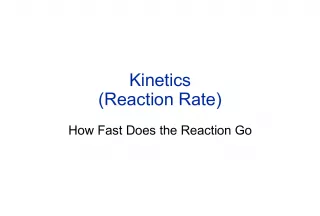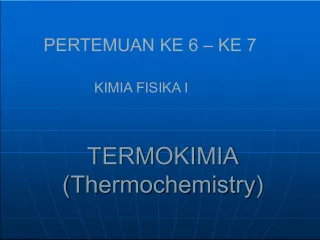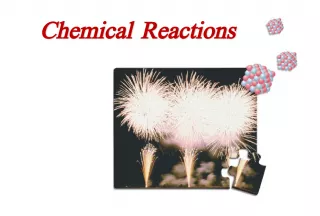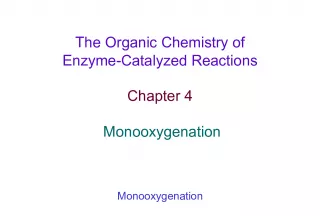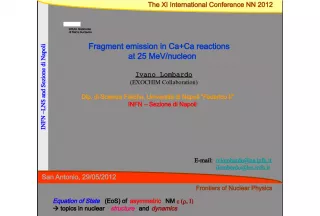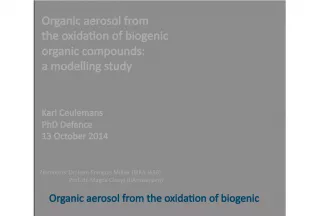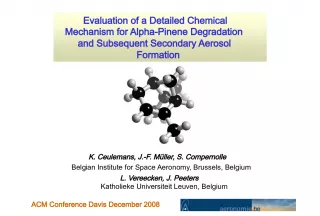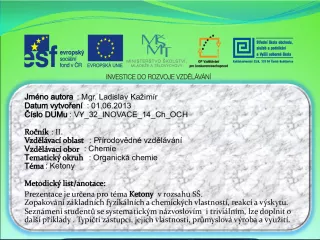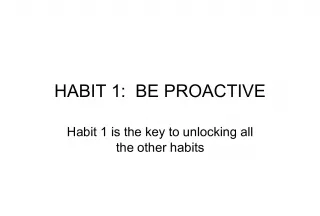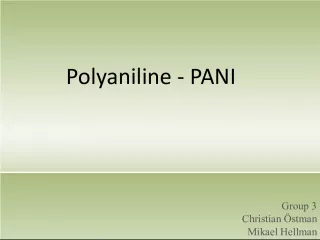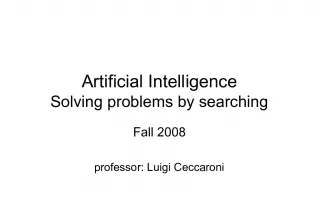Oxidation-Reduction Reactions (Redox)
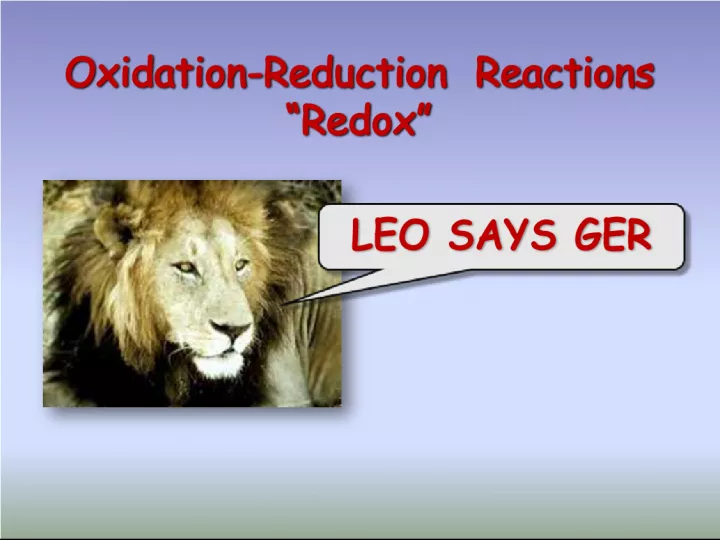

This article focuses on the principles of oxidation and reduction reactions, also known as redox reactions. Redox reactions involve the transfer of electrons between atoms, molecules, or ions
- Uploaded on | 3 Views
-
 jakoble-gall
jakoble-gall
About Oxidation-Reduction Reactions (Redox)
PowerPoint presentation about 'Oxidation-Reduction Reactions (Redox)'. This presentation describes the topic on This article focuses on the principles of oxidation and reduction reactions, also known as redox reactions. Redox reactions involve the transfer of electrons between atoms, molecules, or ions. The key topics included in this slideshow are . Download this presentation absolutely free.
Presentation Transcript
Slide1Oxidation-Reduction Reactions “Redox” Oxidation-Reduction Reactions “Redox” LEO SAYS GER LEO SAYS GER LEO SAYS GER LEO SAYS GER
Slide2Oxidation and Reduction (Redox) Oxidation and Reduction (Redox) Electrons are transferred Spontaneous redox rxns can transfer energy Electrons (electricity) Heat Non-spontaneous redox rxns can be made to happen with electricity
Slide3Oxidation Reduction Reactions (Redox) Oxidation Reduction Reactions (Redox) Each sodium atom loses one electron: Each chlorine atom gains one electron:
Slide4 LEO says GER : LEO says GER : L ose E lectrons = O xidation Sodium is oxidized G ain E lectrons = R eduction Chlorine is reduced
Slide5Rules for Assigning Oxidation Numbers Rules 1 & 2 Rules for Assigning Oxidation Numbers Rules 1 & 2 1. The oxidation number of any uncombined element is zero 2. The oxidation number of a monatomic ion equals its charge
Slide6Rules for Assigning Oxidation Numbers Rules 3 & 4 Rules for Assigning Oxidation Numbers Rules 3 & 4 3. The oxidation number of oxygen in compounds is -2 4. The oxidation number of hydrogen in compounds is +1
Slide7Rules for Assigning Oxidation Number Rule 5 Rules for Assigning Oxidation Number Rule 5 5. The sum of the oxidation numbers in the formula of a compound is 0 2(+1) + (-2) = 0 H O (+2) + 2(-2) + 2(+1) = 0 Ca O H
Slide8Rules for Assigning Oxidation Numbers Rule 6 Rules for Assigning Oxidation Numbers Rule 6 6. The sum of the oxidation numbers in the formula of a polyatomic ion is equal to its charge X + 3(-2) = -1 N O X = +5 X = +6 X + 4(-2) = -2 S O
Slide9The Oxidation Number Rules - SIMPLIFIED The Oxidation Number Rules - SIMPLIFIED 1. The sum of the oxidation numbers in ANYTHING is equal to its charge 2. Hydrogen in compounds is +1 3. Oxygen in compounds is -2
Slide10Not All Reactions are Redox Reactions Not All Reactions are Redox Reactions Reactions in which there has been no change in oxidation number are not redox rxns. Examples:
Slide11Reducing Agents and Oxidizing Agents Reducing Agents and Oxidizing Agents The substance reduced is the oxidizing agent The substance oxidize d is the reducing agent Sodium is oxidized – it is the reducing agent Chlorine is reduced – it is the oxidizing agent This slide refers to vocabulary that has been excluded from AP Chemistry by the College Board, and will not be tested. This slide refers to vocabulary that has been excluded from AP Chemistry by the College Board, and will not be tested.
Slide12Trends in Oxidation and Reduction Trends in Oxidation and Reduction Active metals : Lose electrons easily Are easily oxidized Active nonmetals : Gain electrons easily Are easily reduced
Slide13Redox Reaction Prediction #1
Slide14Redox Reaction Prediction #2
